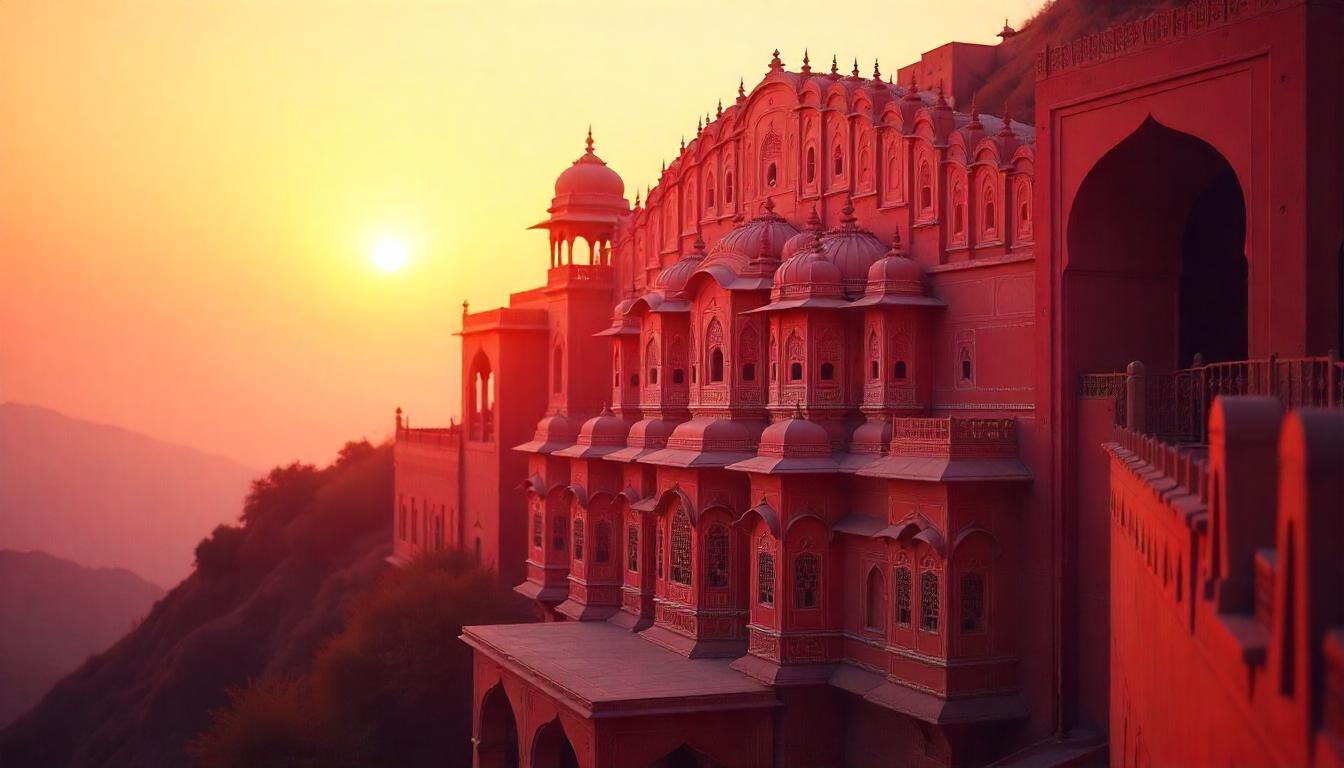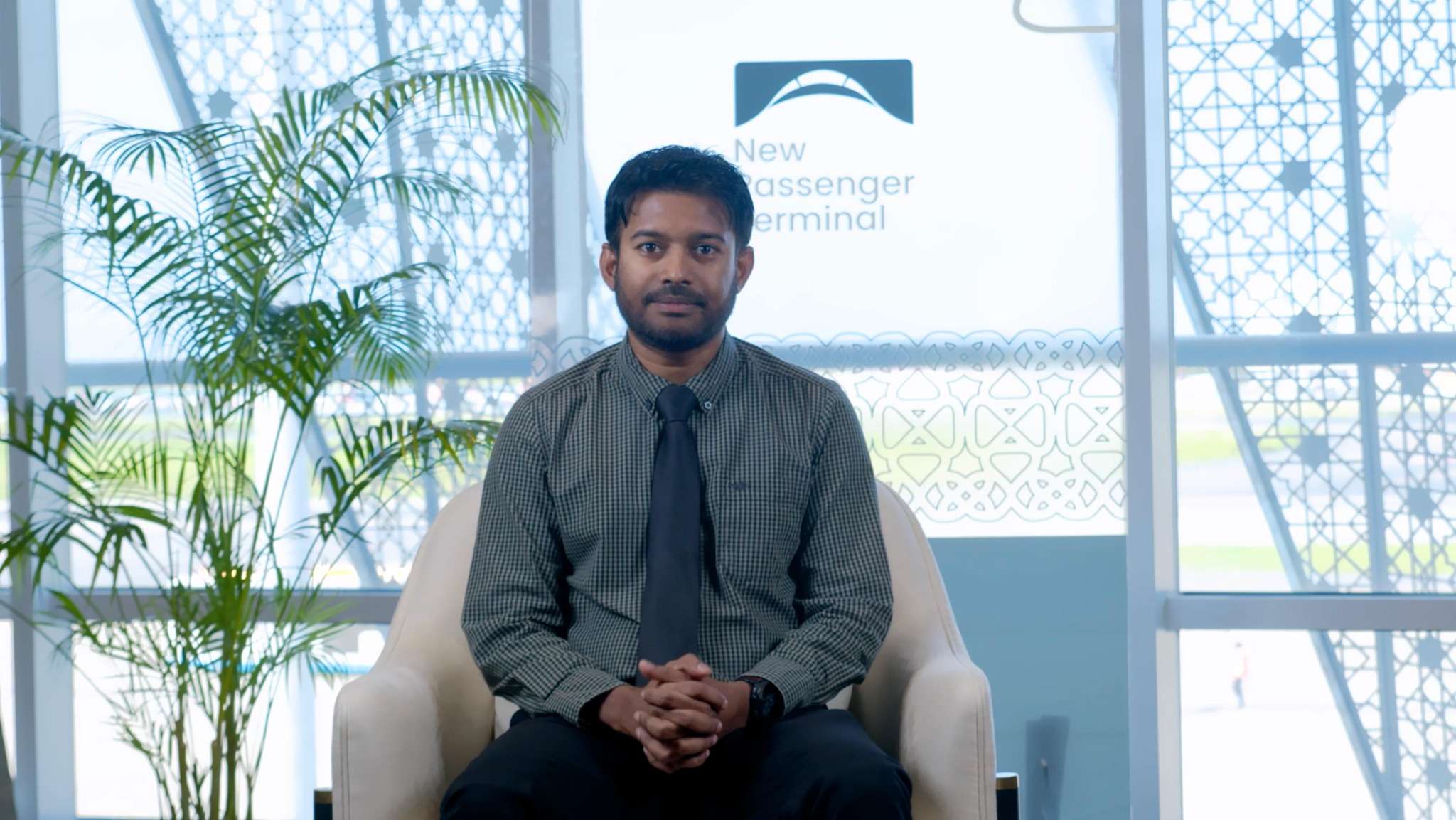≡-Now India Set to Join China, UAE, Thailand, US, Australia, and Mexico as Countries Turn to Artificial Rain to Boost Tourism – Viral of Today
<> Viral of Today <>
Home » America Travel News » Now India Set to Join China, UAE, Thailand, US, Australia, and Mexico as Countries Turn to Artificial Rain to Boost Tourism Sunday, June 29, 2025India is now set to join countries like China, the UAE, Thailand, the US, Australia, and Mexico in using artificial rain as a powerful tool to boost tourism by tackling pollution head-on. With Delhi preparing for its first-ever cloud seeding trial between July 4 and 11, the initiative aims to clean the city’s notoriously toxic air—an issue that has long deterred international travelers. By adopting this bold weather modification strategy, India follows in the footsteps of other global destinations that have turned to artificial rain not only for environmental relief but to make their cities safer, healthier, and more appealing to tourists.Delhi’s Sky-Cleaning ExperimentIn a first for any Indian city, Delhi is scheduled to launch its artificial rain trial between July 4 and 11, depending on weather conditions. The project is a direct response to the city’s choking air pollution—something that has long driven tourists away and put the capital on the radar for all the wrong reasons.The state government, under the leadership of Chief Minister Rekha Gupta, has greenlit a cloud seeding program designed by IIT Kanpur. The plan involves five aircraft sorties, each lasting around 90 minutes and covering about 100 square kilometers in northwest and outer Delhi. These specially equipped planes will release a scientific mixture of silver iodide nanoparticles, iodised salt, and rock salt into moisture-laden clouds, with the aim of triggering artificial rainfall to wash pollutants out of the sky.Delhi’s Environment Minister Manjinder Singh Sirsa called it a historic step and emphasized that this initiative marks a first-of-its-kind pollution control experiment in India’s urban landscape. The goal is not just clean air—but to bring Delhi back on the global tourism map by restoring its atmosphere to a breathable, visitor-friendly state.Pollution and Tourism: A Tense RelationshipOver the years, India’s image as a top destination has been clouded—quite literally—by worsening air quality in major cities. Delhi, despite its wealth of heritage sites, has routinely ranked among the world’s most polluted capitals, especially during winter months. Smog has blanketed monuments like the Red Fort and Qutub Minar, leaving tourists with blurry views, respiratory discomfort, and in some cases, cancelled travel plans altogether.By adopting artificial rain, India hopes to reverse that narrative.“The air we breathe is a basic right,” said Sirsa. “And if tourists don’t feel safe or comfortable visiting our cities, that’s a loss not only to our image but to our economy. Clean skies are key to tourism recovery.”Learning from Global Leaders in Cloud SeedingIndia’s decision mirrors efforts already underway in several major tourism-dependent countries.China, one of the most advanced nations in weather modification, has used cloud seeding to both fight drought and control pollution ahead of large-scale events like the Olympics. In Beijing, clouds have been seeded to clear the skies ahead of international summits and sports competitions, ensuring clear air for attendees and a positive global image.The United Arab Emirates has taken cloud seeding to the next level. Facing persistent arid conditions, the UAE runs a year-round rain enhancement program using aircraft equipped with salt flares. While the original focus was water security, the side benefit has been cleaner air over urban centers like Dubai and Abu Dhabi, both of which attract millions of tourists annually.Thailand is another example. The Royal Rainmaking Project, launched in the 1950s, has helped keep agricultural and tourism regions like Chiang Mai and Bangkok protected from prolonged smog during the dry season. Even Australia and Mexico have deployed cloud seeding technologies to protect landscapes and reduce wildfire risk—both of which play crucial roles in maintaining healthy tourist seasons.The United States, too, has invested in regional weather modification programs, particularly in western states where water and air quality impact national parks and outdoor tourism.India’s Tourism Sector Sees HopeWith international arrivals still recovering post-pandemic, India is under pressure to reassure travelers about safety—both from health threats and environmental hazards. Air pollution, especially in Delhi, has been a longstanding deterrent. By pioneering cloud seeding operations, the government is signaling its commitment to serious climate intervention and traveler well-being.Tour operators and hoteliers have cautiously welcomed the move, seeing it as a step toward revitalizing Delhi’s brand as a destination for international and domestic tourists alike. If the trial succeeds, it could be expanded to other cities like Agra, Jaipur, and Varanasi—areas rich in cultural appeal but often plagued by smog in peak tourist months.Future Forecast: Clear Skies Ahead?The initiative, officially titled Technology Demonstration and Evaluation of Cloud Seeding as an Alternative for Delhi NCR Pollution Mitigation, is not without its critics. Environmentalists caution against overreliance on geoengineering while weather experts stress the need for ideal cloud conditions for the method to work. Nonetheless, India has already applied for backup dates through the Directorate General of Civil Aviation in case weather does not cooperate during the initial July window.What sets this initiative apart is its integration of science, tourism strategy, and public health into one high-impact pilot. In a global travel landscape increasingly shaped by climate concerns, India’s entry into the cloud seeding club may prove not only timely—but transformative.India is set to join China, UAE, Thailand, US, Australia, and Mexico in using artificial rain to combat pollution and revive tourism, starting with Delhi’s first cloud seeding trial in July. The move aims to clear toxic air that has long deterred travelers from visiting the capital.By embracing artificial rain to combat pollution, India is not just cleaning its skies—it’s clearing the path for a brighter, safer, and more inviting future for travelers. With Delhi leading the way, the country is stepping into a league of forward-thinking nations that are willing to reshape the weather—and their global image—to welcome the world back.«Enjoyed this post? Never miss out on future posts by following us»
This information will surprise you!
See also
- Read until the end to discover everything.
- Important information you need to know.
- Interesting facts and helpful tips.
Conclusion
Did you enjoy the news? Keep following us daily!













